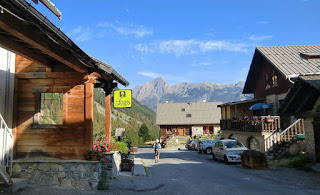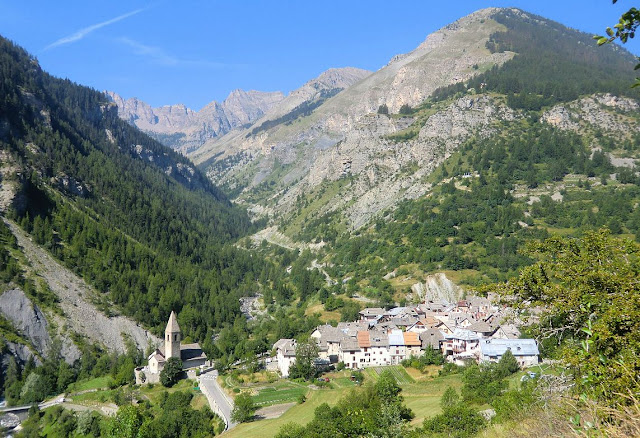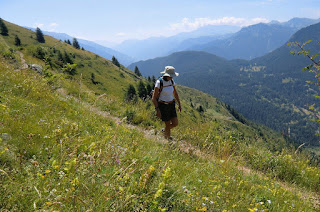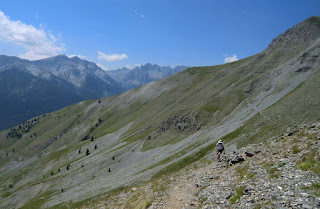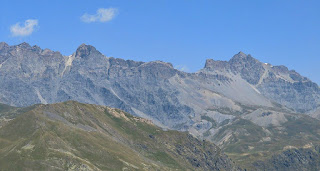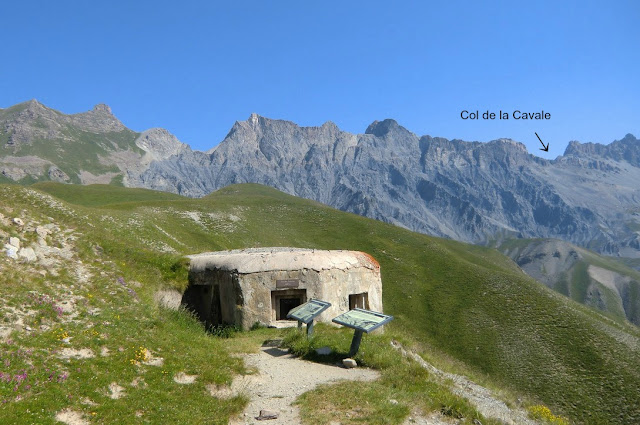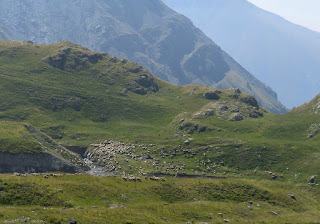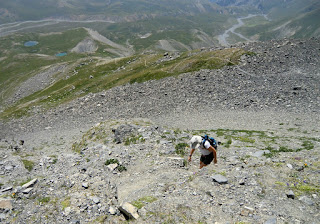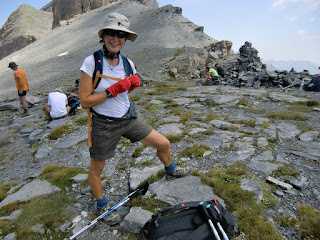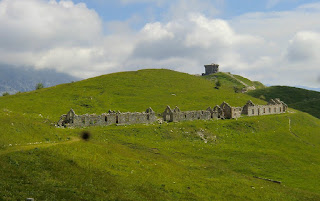Tortilla tart recipe
This tortilla tart recipe is inspired by a lunch in Miami when we were served a super salad in a pizza bottom case. The pizza case acted as a kind of bowl and consequently it was a bit too hard to eat. But it was very decorative.
So I thought why not make a tart in the same way and instead of pizza bottom use a tortilla which is thinner. The filling in this recipe uses typical Mediterranean ingredients. This easy, carefree tart is worth trying, and makes a nice lunch for two.
For this recipe you need a non-stick 20 cm tart case.
Ingredients
1 wheat tortilla
3-4 medium ripe tomatoes
100 g ricotta
50 ml crème fraîche 15 % fat or cream for cooking
2 eggs
A handful of fresh spinach leaves
About 50 g pecorino or other half-hard goat’s cheese
8 black olives
2 tbsp olive oil
Black pepper
Preheat the oven to 180⁰ C.
Cut the tomatoes in quarters and place them in an ovenproof dish. Sprinkle with olive oil and grind over some black pepper. Bake in oven for 30- 45 minutes until the tomatoes are “collapsed”.
With a fork crush the ricotta and mix with crème fraîche. Whisk the eggs and add the ricotta- crème fraîche mixture into the eggs. Grind in black pepper. Remove the stones from the olives, if necessary, and set aside.
Line the tart case with the tortilla taking care that the walls are covered as well. Pour the egg-ricotta-crème fraîche mixture into the tortilla case. Place the tomato quarters and black olives on top. Bake the tart for 20- 25 minutes.
Wash and dry the spinach leaves. Cut them into strips. Remove the tart from the oven and sprinkle the spinach over it. Slice pecorino shavings over the tart and serve with a green side salad.










